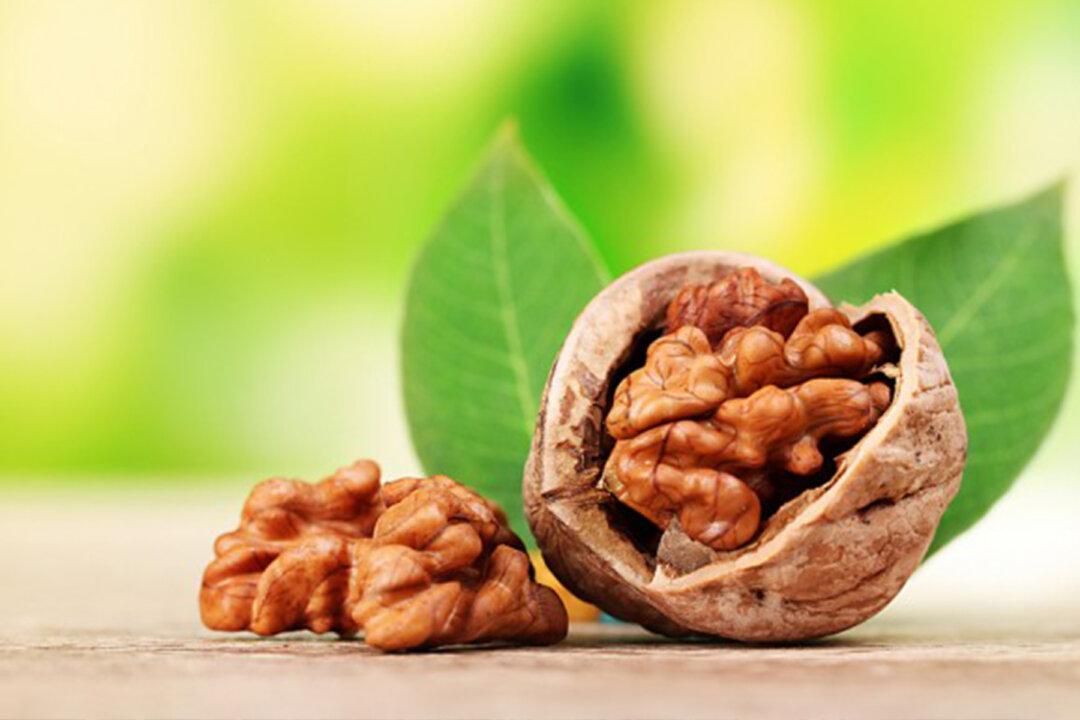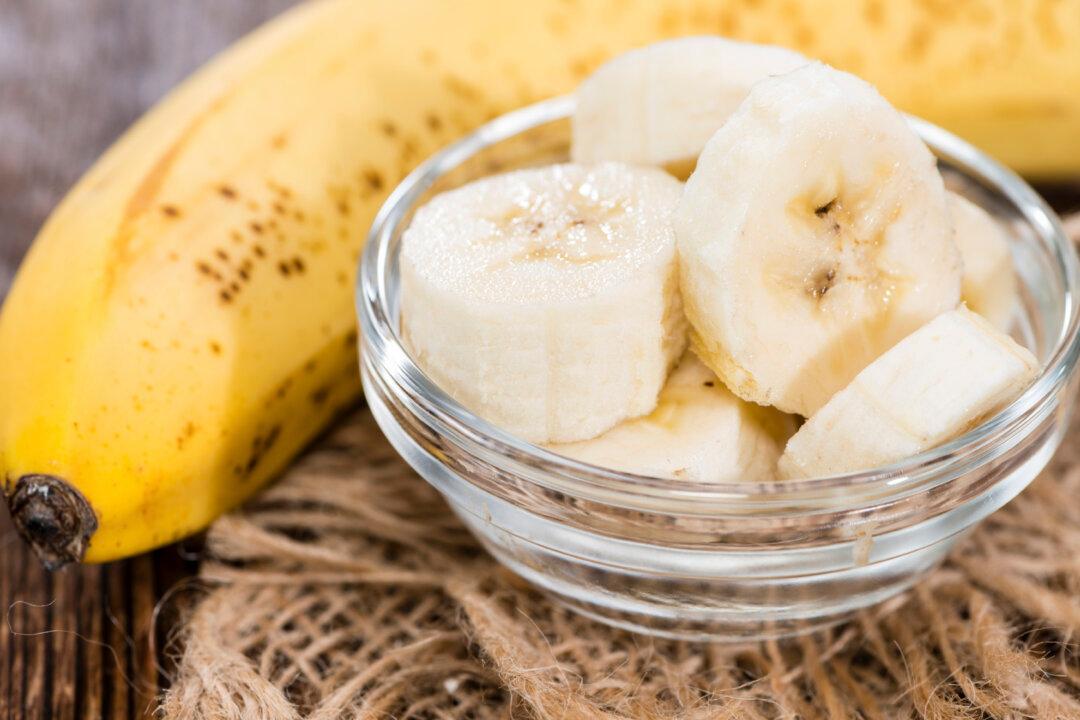When it comes to using seed oils, the United States is the world leader: Americans consume about 20 percent of the world’s oils at a rate of approximately 19.7 million barrels daily. Canada comes in at nearly 2.7 million barrels daily or 2.6 percent, a comparable per capita rate. Some of those seed oils are toxic, while others are healthy. Do you know the difference and which oils are best for you?
What are Seed Oils?
Most seed oils are highly processed polyunsaturated fatty acid (PUFA) substances that are extracted from canola (rapeseed), corn, cottonseed, grapeseed, rice bran, safflower, soy, and sunflower. The seeds are exposed to extremely high heat, which in turn oxidizes the omega-6 fatty acids found in them.That harmful process makes the oils even more unhealthy when they’re repeatedly reheated, as they often are in restaurants. How long has the oil been reheated that your French fries or onion rings were cooked in? Consuming too many omega-6s can cause the body to produce pro-inflammatory chemicals and leads to an imbalance of omega-3s to omega-6s, which presents significant health risks.





